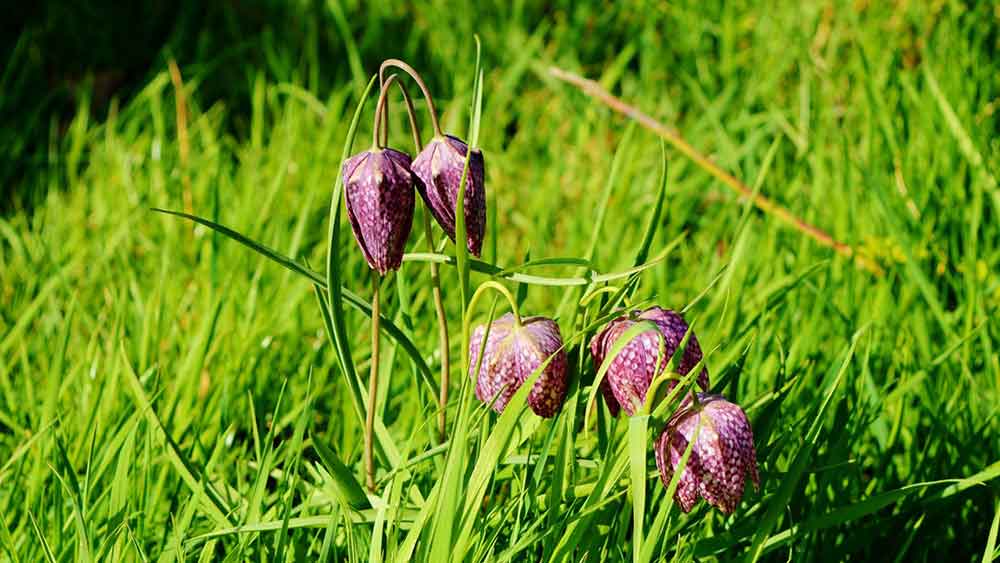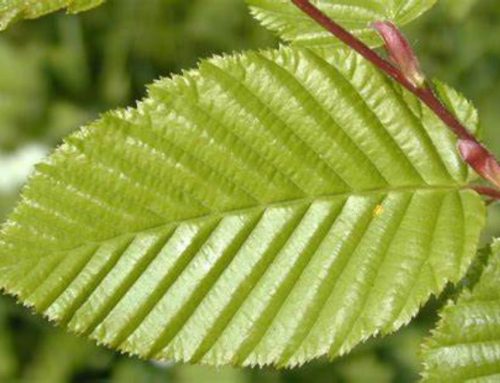There are many wonderful wild flowers within the Crouch End Open Space. This image shows a snake’s head fritillary poking through the grass in the meadow. You can see them April to May – look out for them from the end of this month.
About Snake’s Head Fritillary
The snake’s-head fritillary is a distinctive plant. It has unusual chequered, purple, pink sometimes white, bell-like flowers that bob on thin stems. It flowers from March to May and grows between 15–40 cm (6–16 in) in height. Below the blooms there are narrow, grey-green leaves that appear at the base of the plant and occasionally up the stem. It prefers to grow in the damp soils grasslands and river meadows.
Its Latin and common name are somewhat at odds with each other The Latin specific name meleagris means “spotted like a guineafowl”. However the common name “snake’s head” is thought to refer to the snakelike appearance of the nodding flower heads. You can see this best when they are in bud, on their long stems.
The plant was once abundant in the UK, particularly in the Thames Valley and parts of Wiltshire, and was collected in vast quantities to be sold as a cut flower in markets. During World War II many ancient meadows were ploughed up for the production of food crops, an intervention that removed a large proportion of the plant’s natural habitat. Today it is a popular garden plant, but now rare in the wild.
Helping Wildlife And Increasing Biodiversity
As suggested in the CREOS Management Plan, we have introduced wild flowers in the meadow to increase biodiversity. These include Wild Carrot, Ragged-Robin, Lady’s Bedstraw and Field Scabious amongst others. We have also added Yellow Rattle seed to weaken the grass and so encourage the growth of flowers. At the edges of the meadow, some bays have been created by trimming back brambles which can otherwise become dominant and invade the grass. These measures encourage and improve diversity of bird and insect life.
You can see more posts on wild flowers here >>





